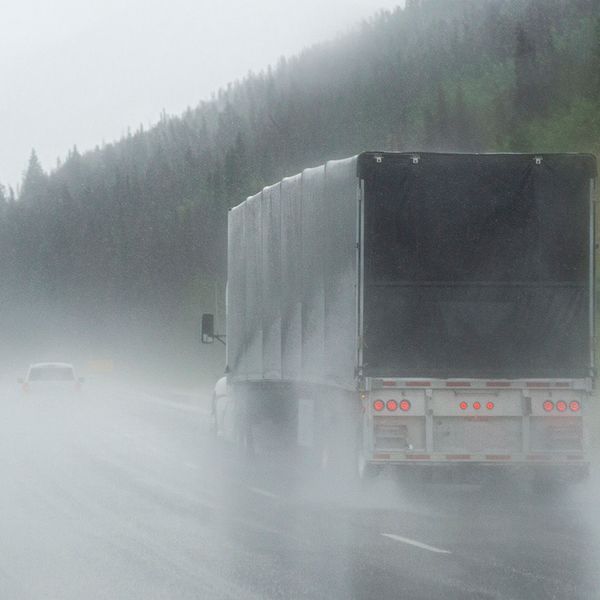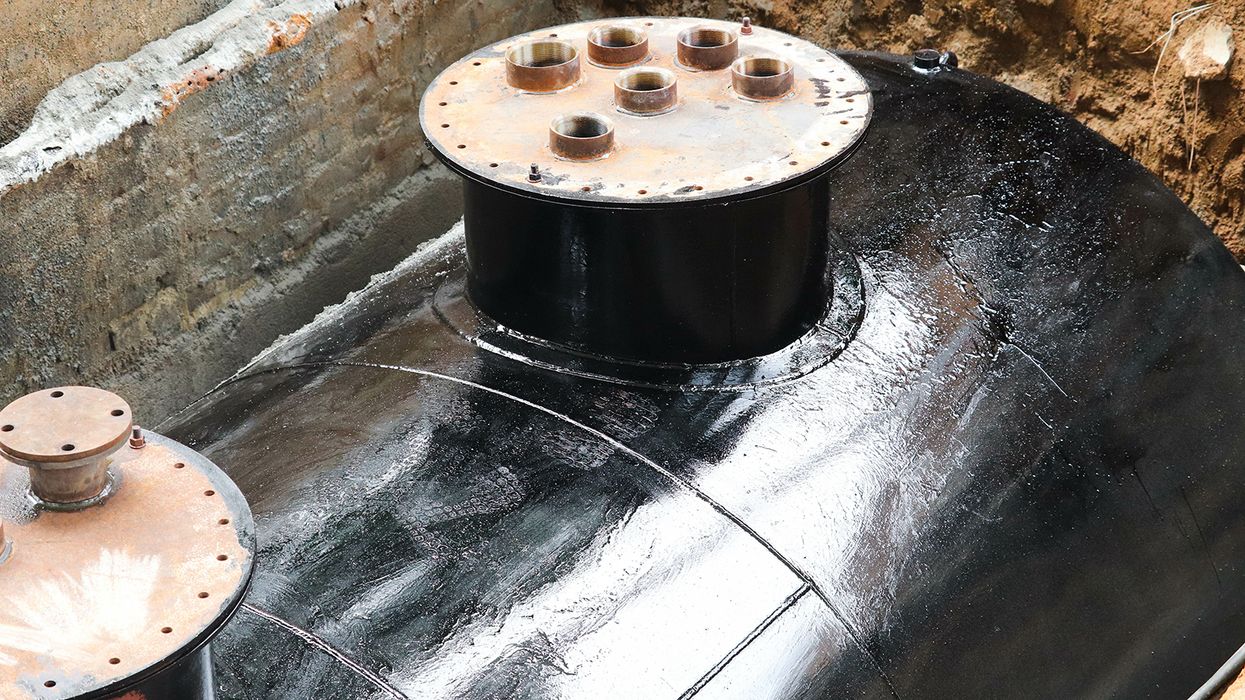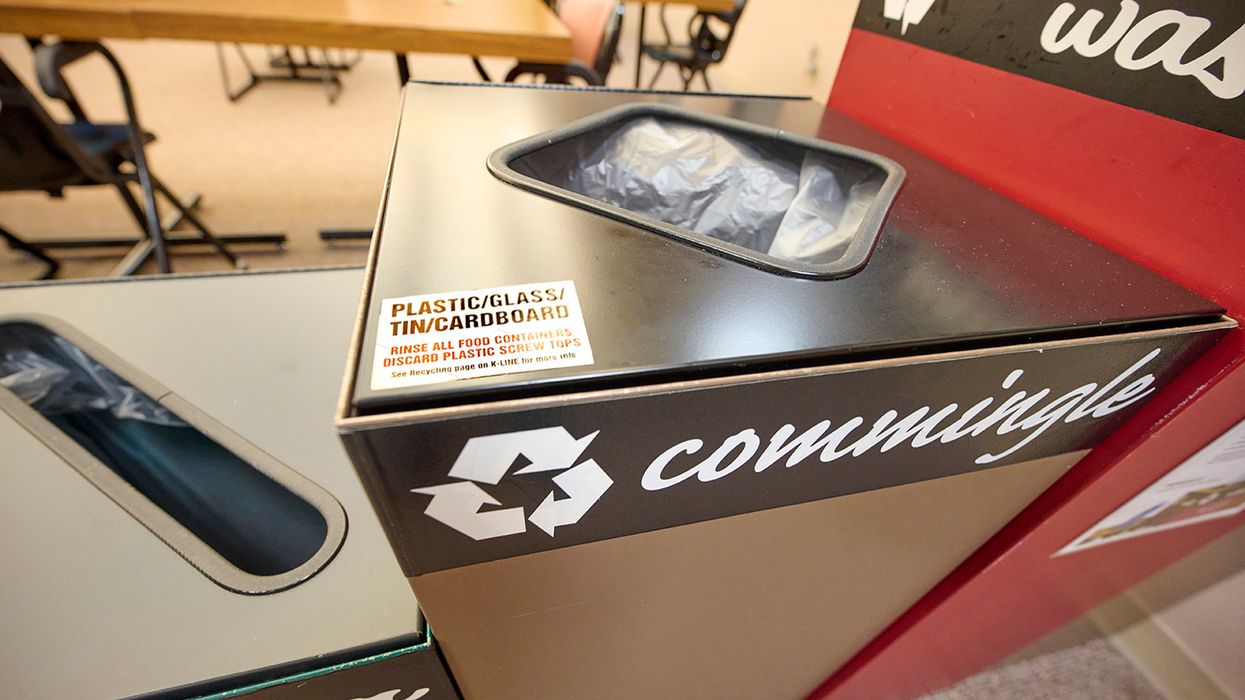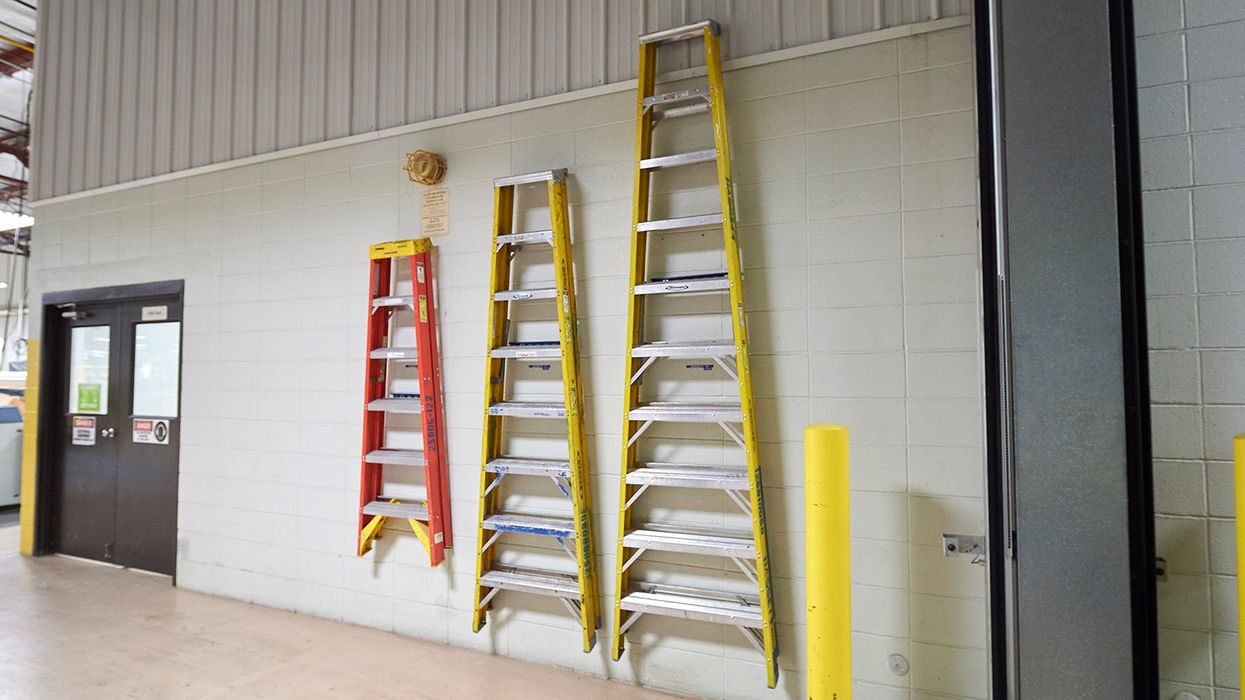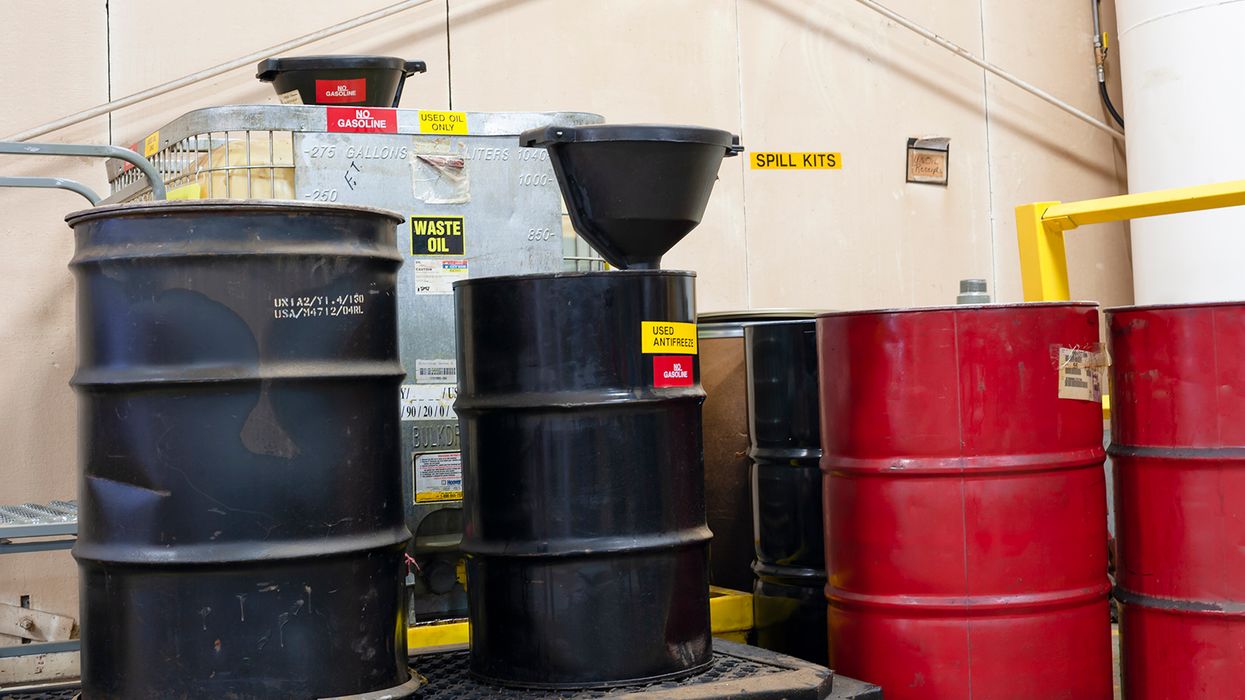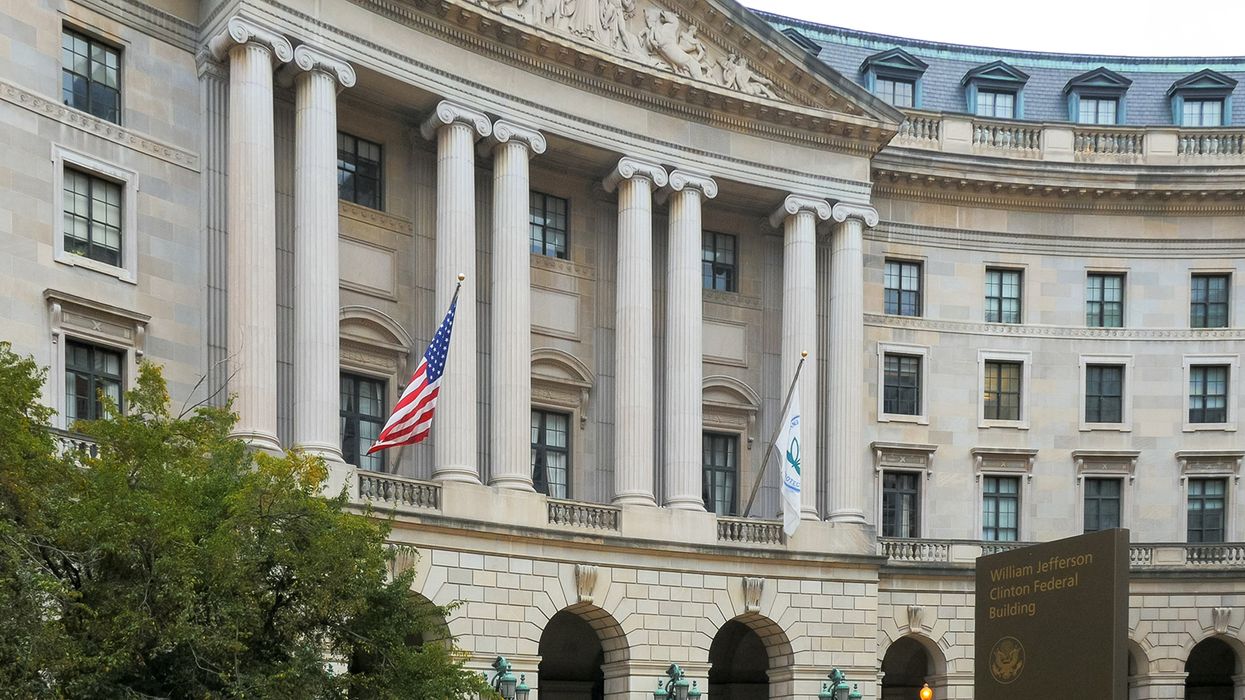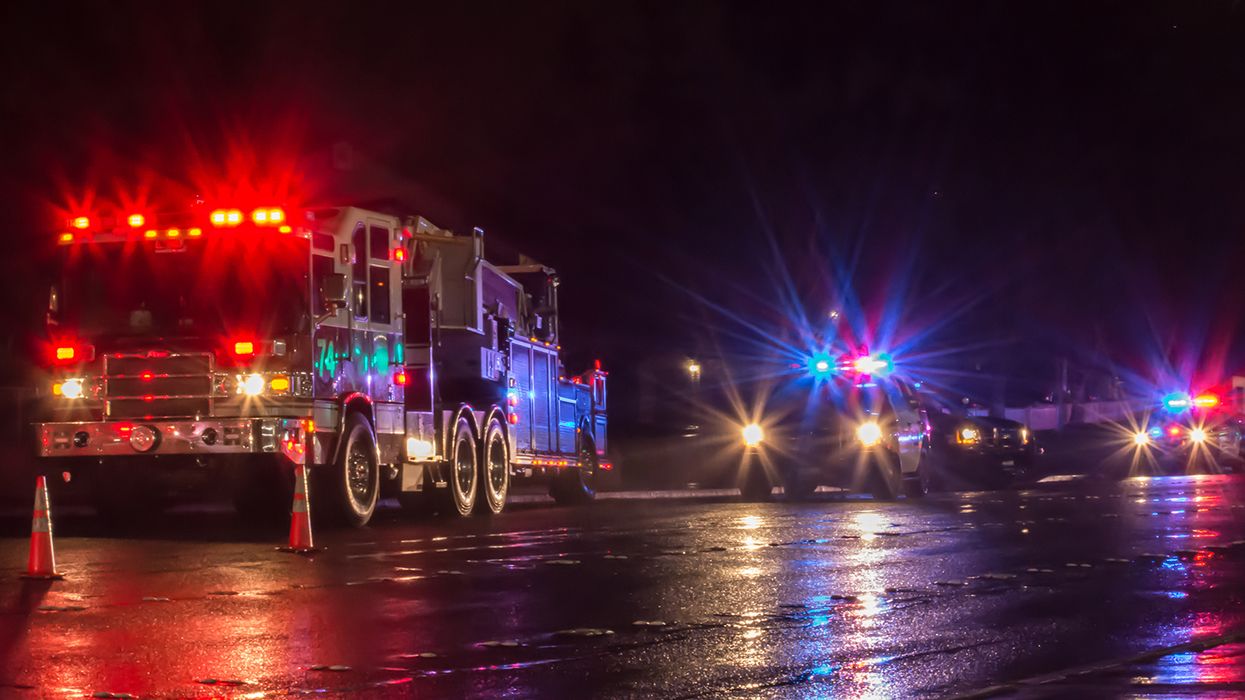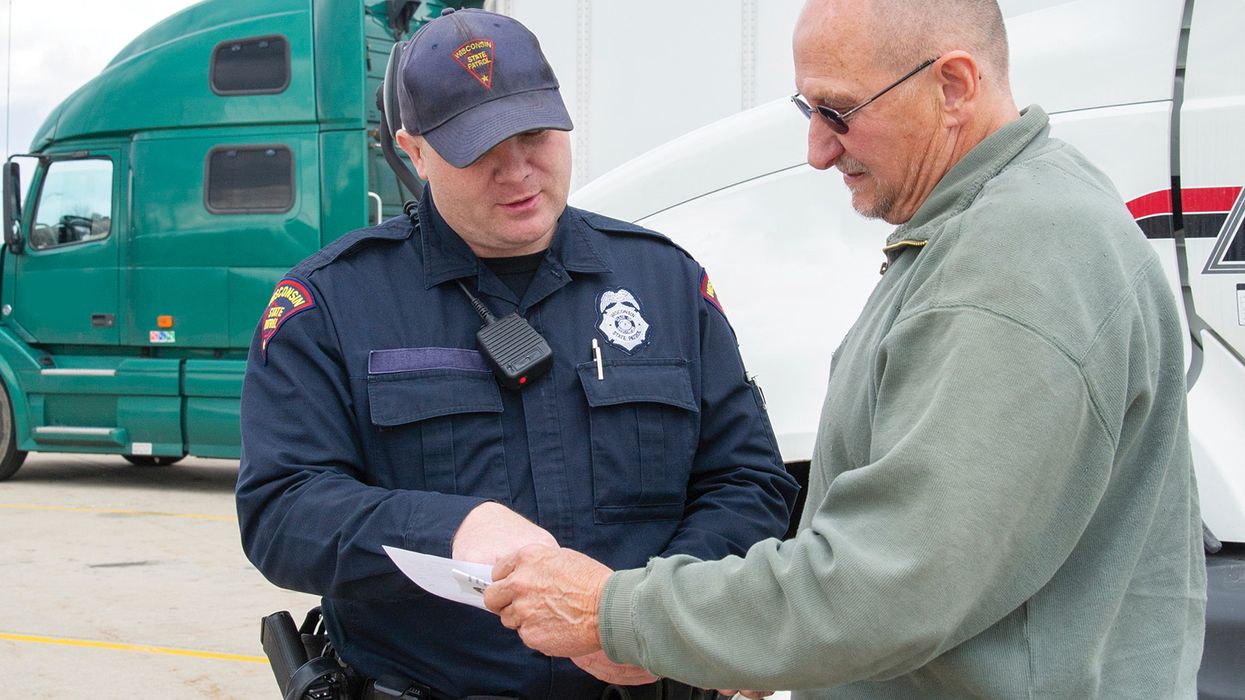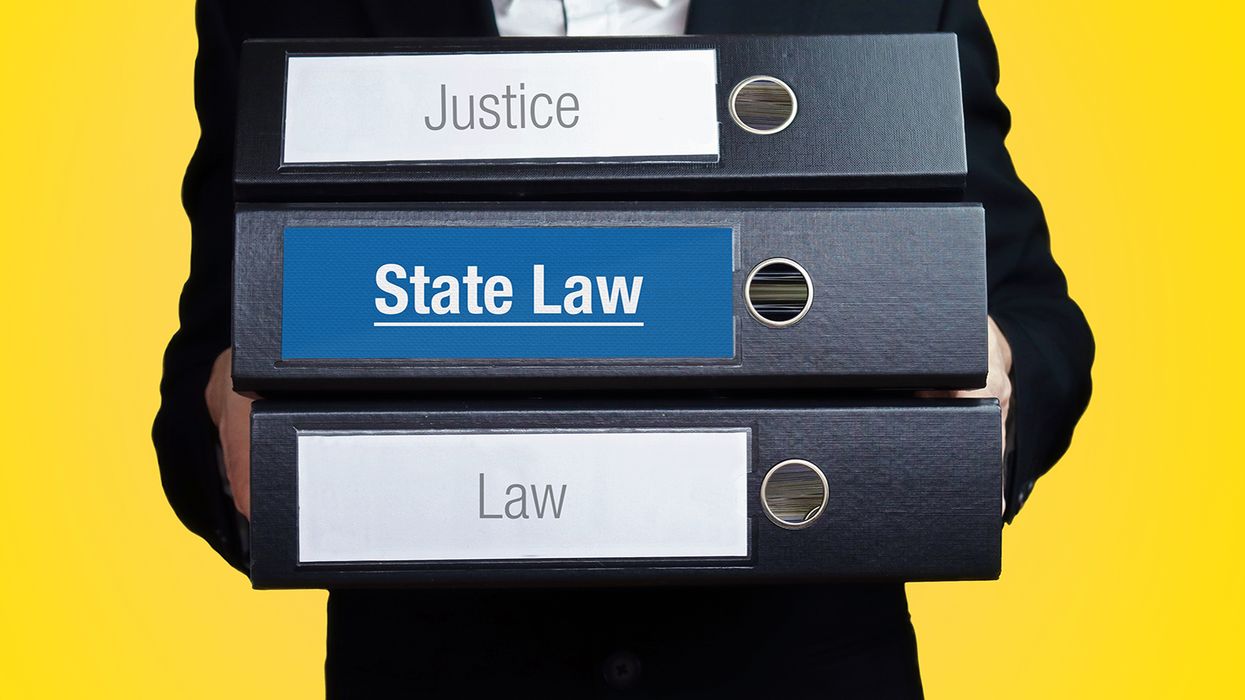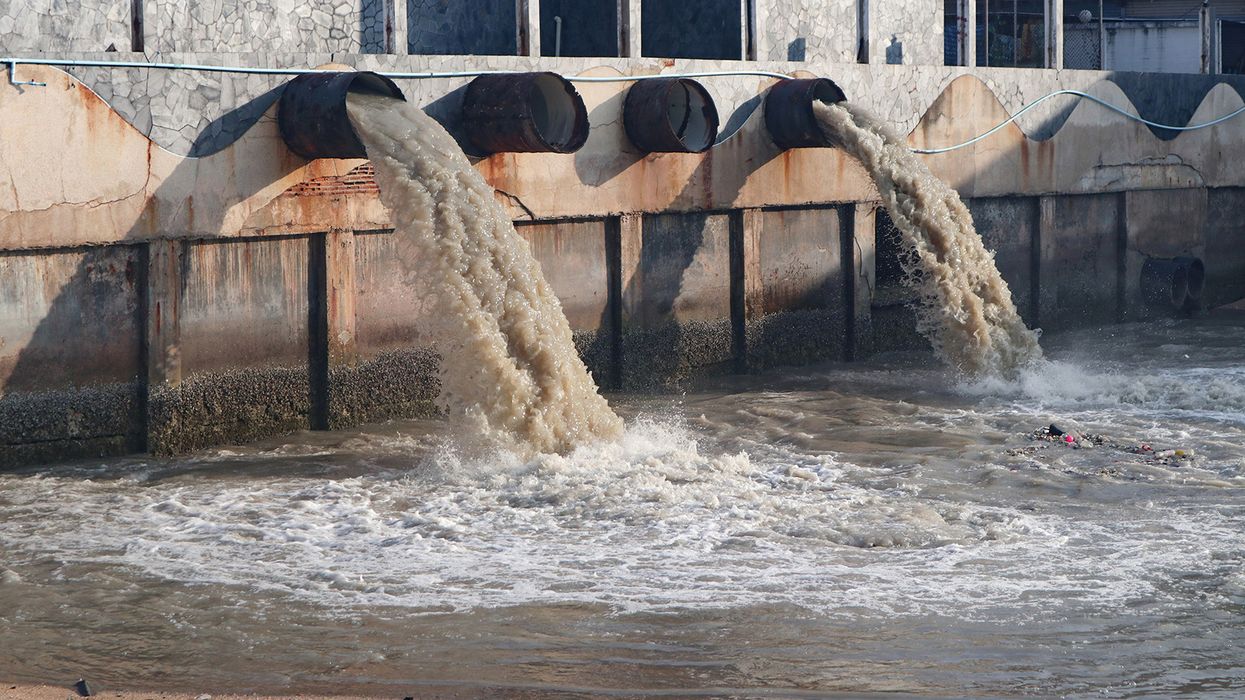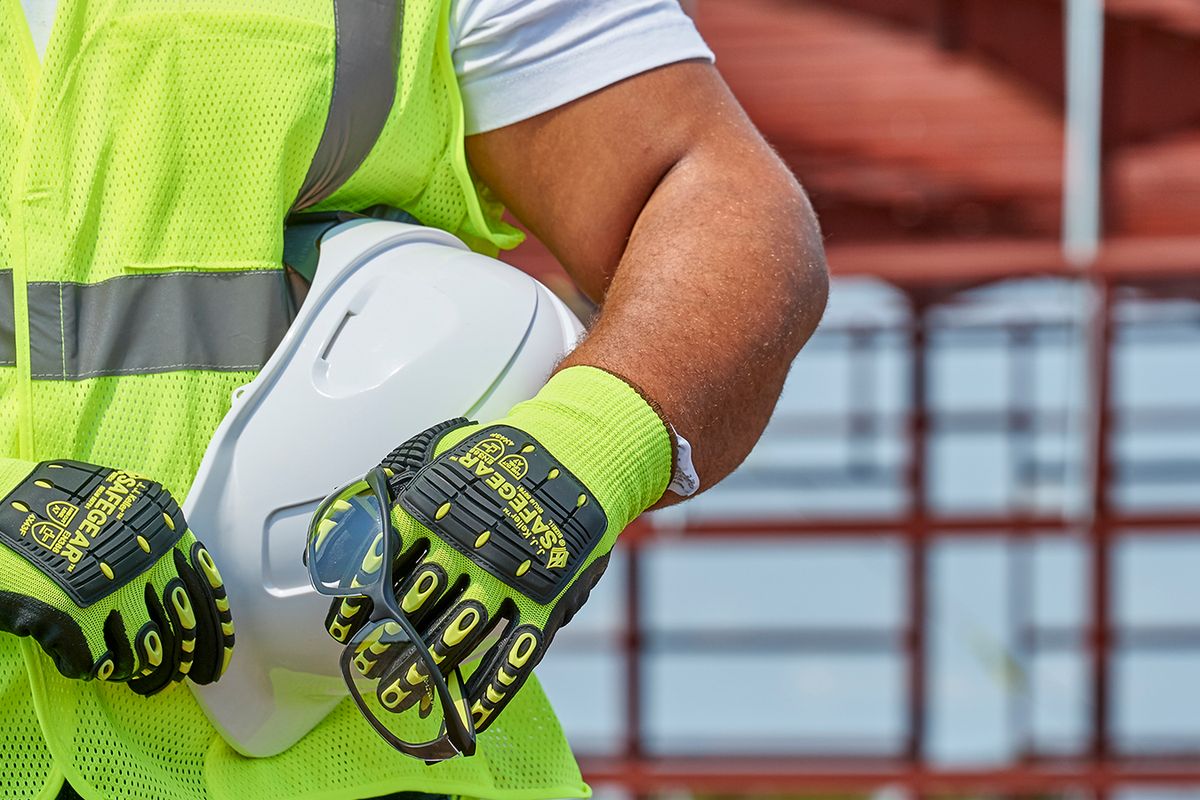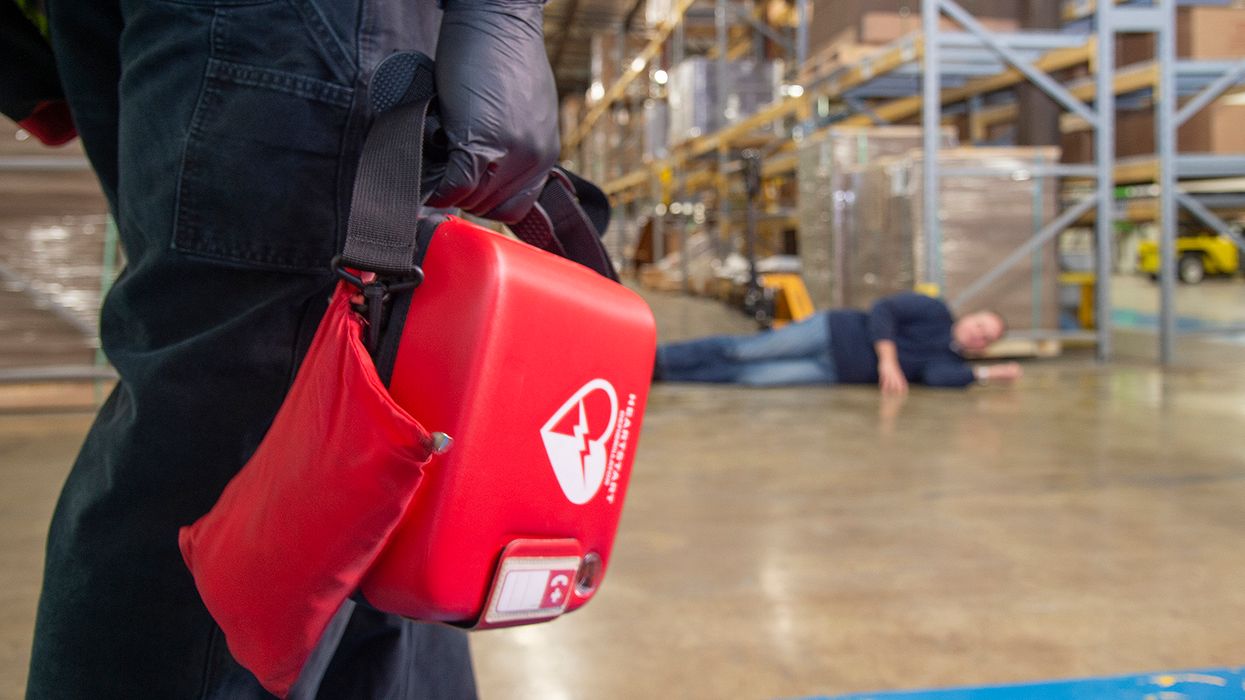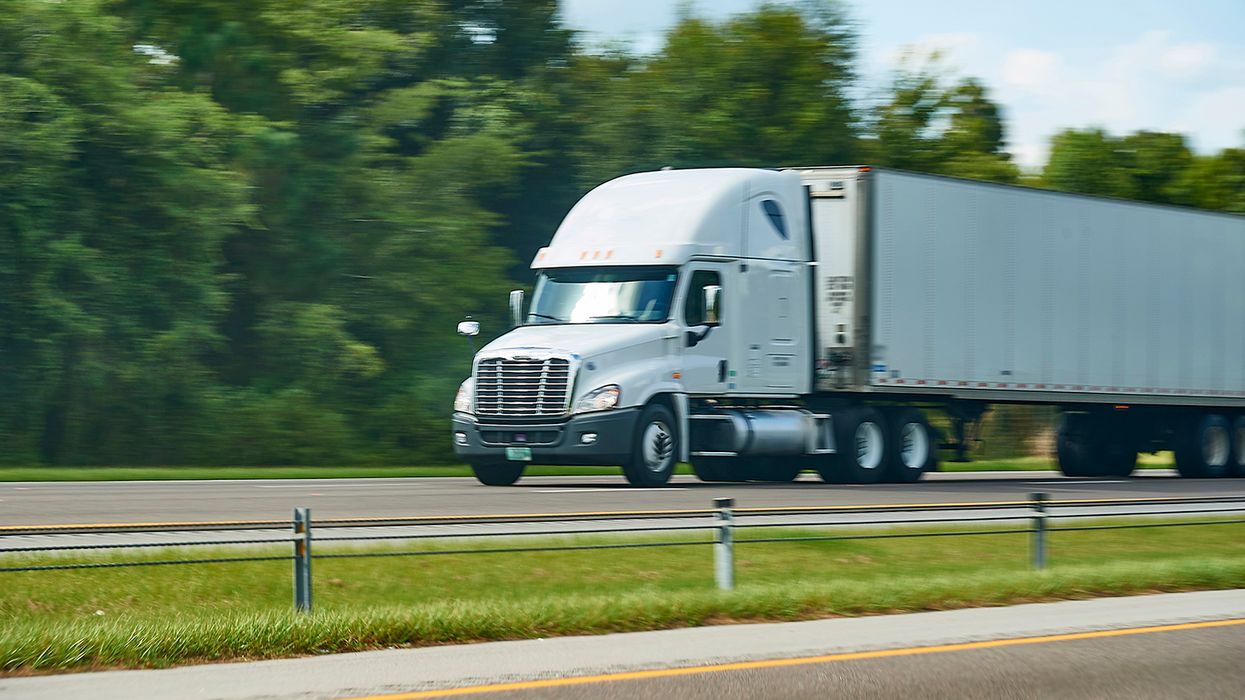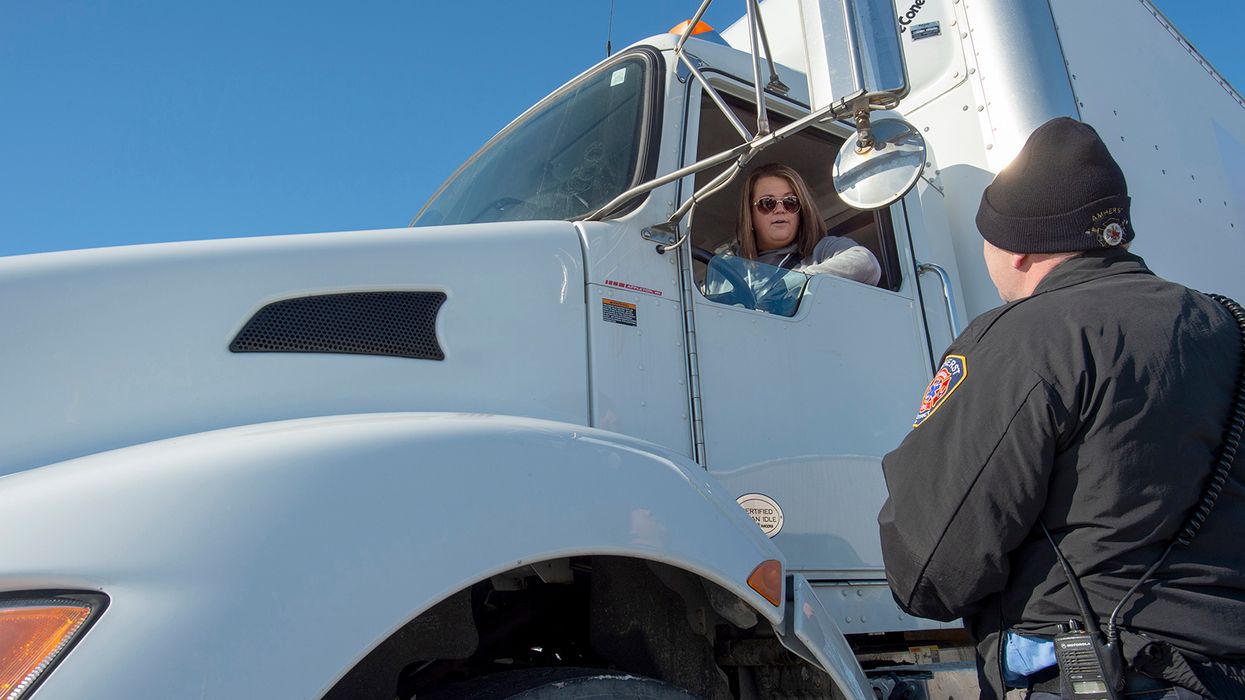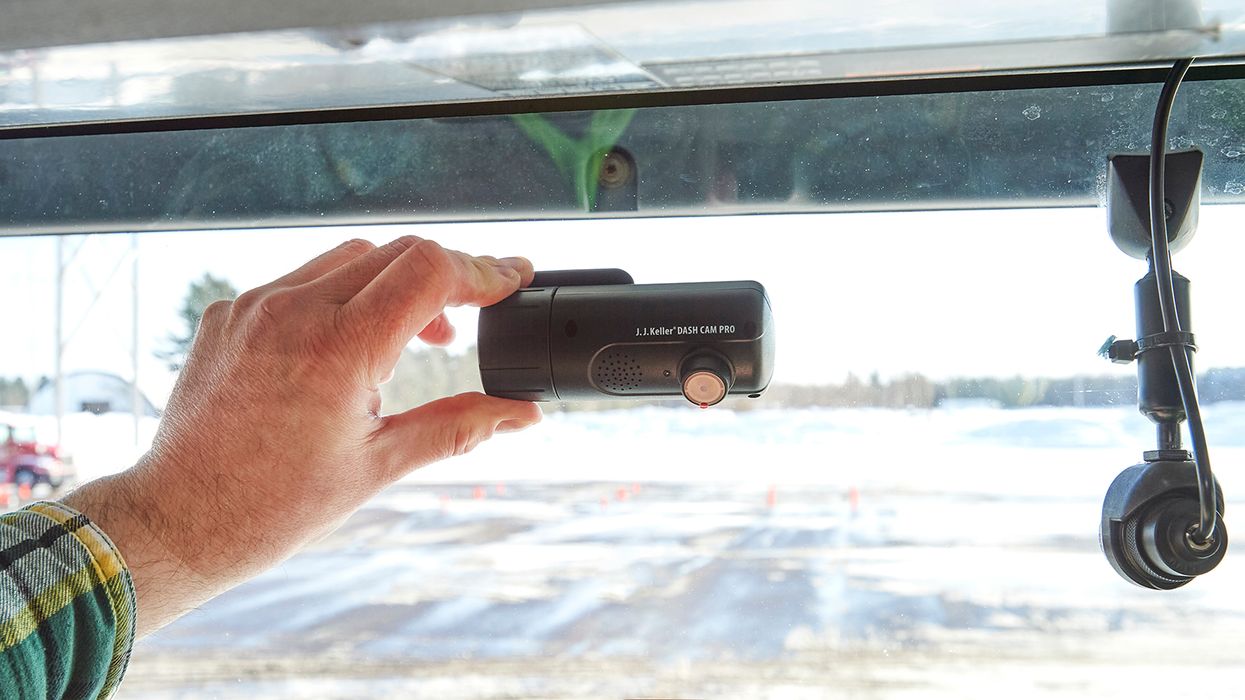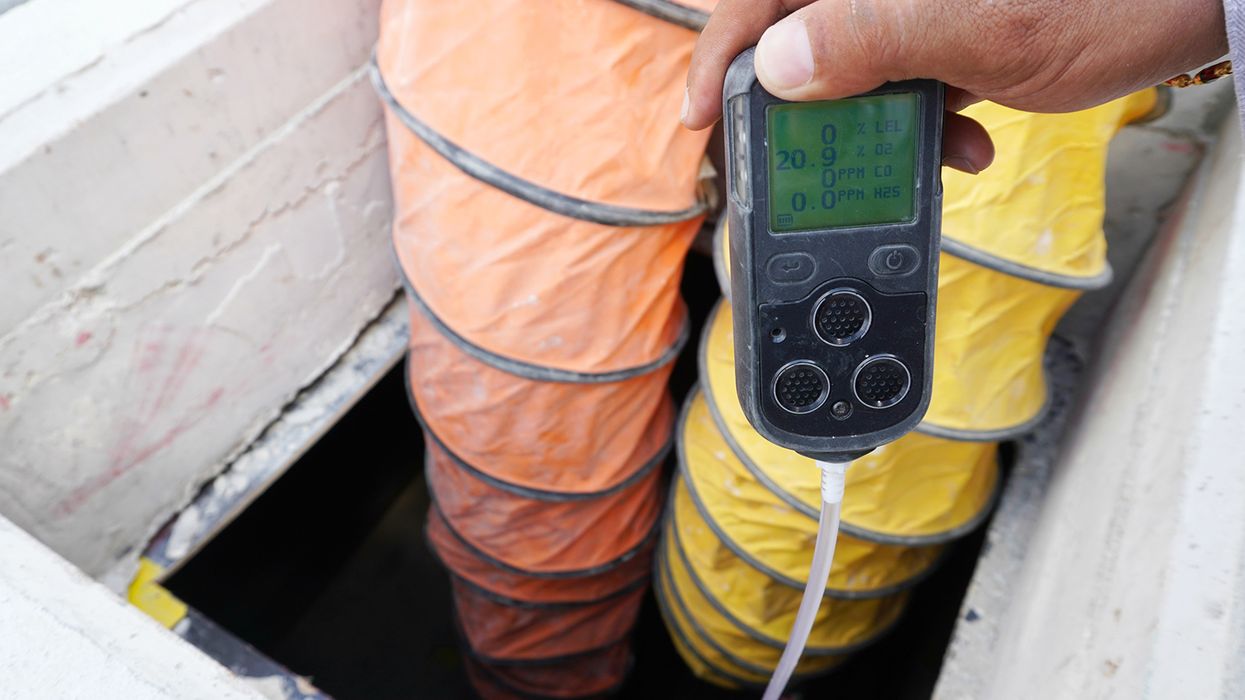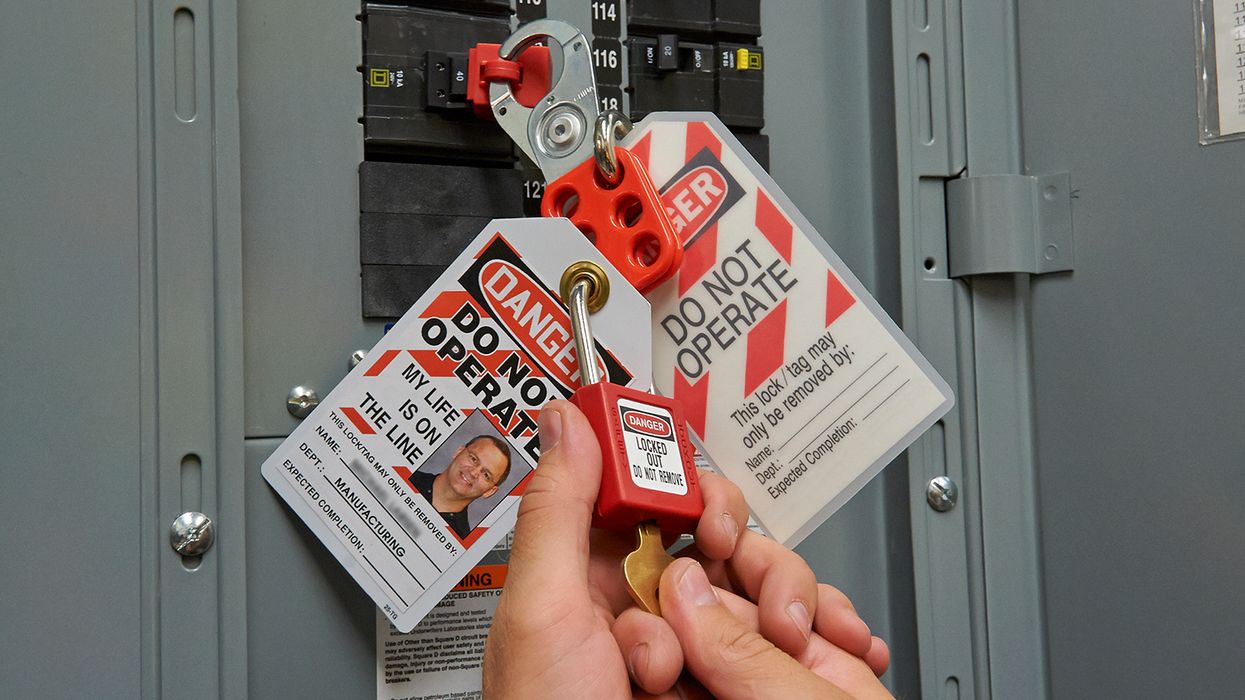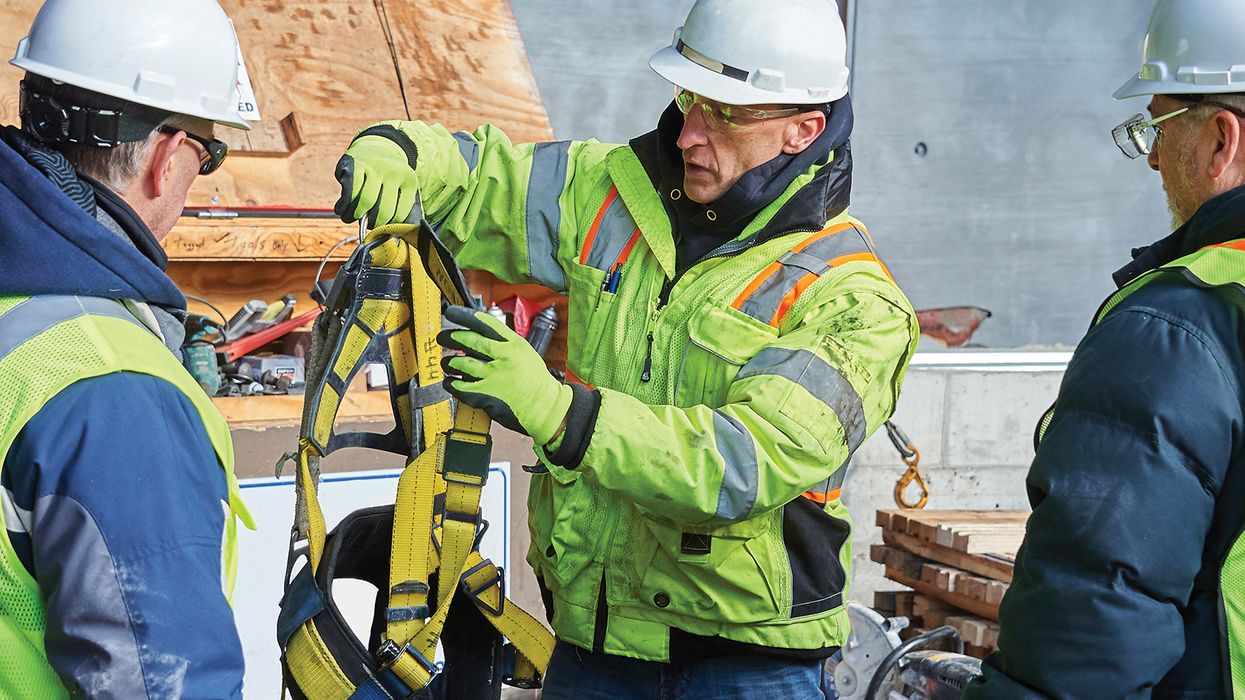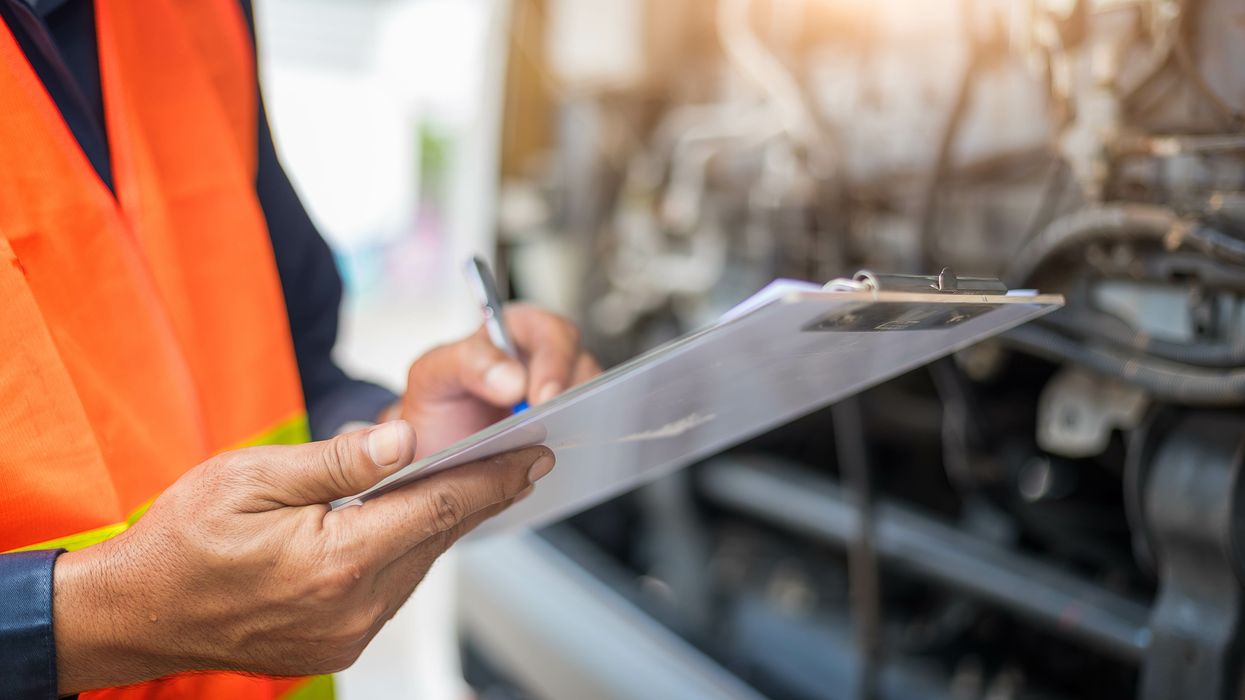What the changes in the emergency exemption rules mean for maintenance
The Federal Motor Carrier Safety Administration (FMCSA) has updated the rules around operating under the terms of the exemption created by a regional or local emergency declaration.
In the past, any emergency declaration meant that the carrier, driver, and vehicle were exempt from the general safety regulations in Parts 390 to 399 when hauling in support of the relief efforts. This meant that regulations related to driver qualifications, vehicle condition, hours-of-service, and vehicle inspections could be disregarded for the entire time the driver and vehicle were involved in emergency relief operations covered by the declaration.
New standard
Under the new regulations, unless the emergency declaration is issued by the President of the United States, the only regulations the driver and vehicle are exempted from will be §395.3 and §395.5. These are the limits in the hours-of-service regulations.
If the emergency was declared by a governor, an FMCSA representative, or a local authority, the exemption it creates does not include the other safety regulations, such as the driver qualifications, vehicle condition, hours-of-service recordkeeping requirements (the logging requirements), and vehicle inspection regulations.
Vehicles
What this means is when operating a vehicle under the exemptions created by an emergency declaration that was not issued by the President, you and your drivers must:
- Inspect vehicles prior to operating, as required in §392.7, §392.8, §392.9, and §396.13, and not operate the vehicle unless it is in good working condition and compliant with Parts 393 and 396.
- Operate vehicles that comply with the equipment and condition requirements in Part 393 (no operating with defective lights, brakes components below limits, defective tires, etc.).
- Operate vehicles that are current on their systematic maintenance (§396.3), and not in a condition that is likely to lead to a crash or breakdown (§396.7).
- Make sure the vehicle has a current periodic inspection (normally annual inspection) before operating on the roadway (§396.17).
- Follow the driver vehicle inspection report (DVIR) requirements, which involves the driver submitting a DVIR is there is a defect on the vehicle at the end of the day and you (the carrier) taking action on it (§396.11).
- Execute repairs in a timely manner (immediately in the case of serious defects or ones reported during a pretrip, and before the vehicle is operated if the defect was reported on a DVIR, etc.).
Key to remember: With the change in the regional and local emergency declaration exemption regulations, carriers must remember that the exemptions related to inspecting and maintaining their vehicles when involved in emergency relief operations is no longer available to them.





